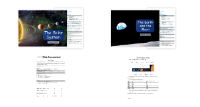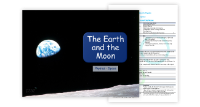The Solar System
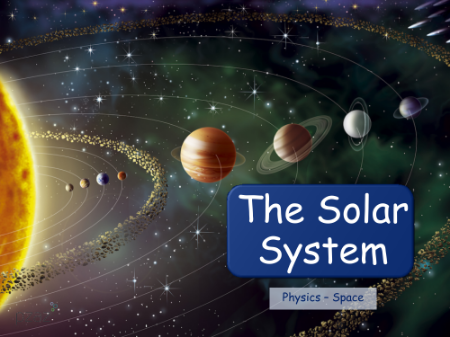
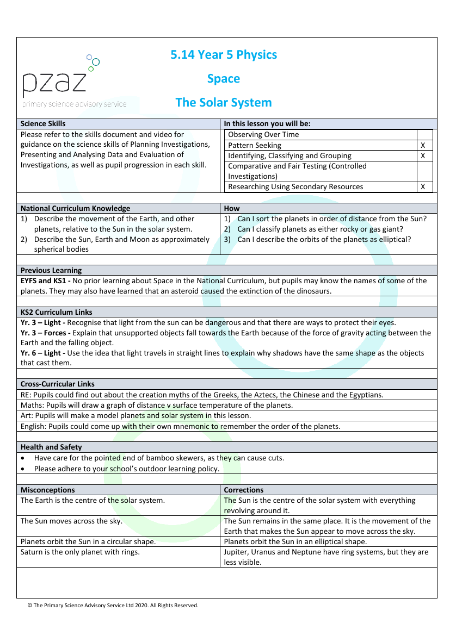

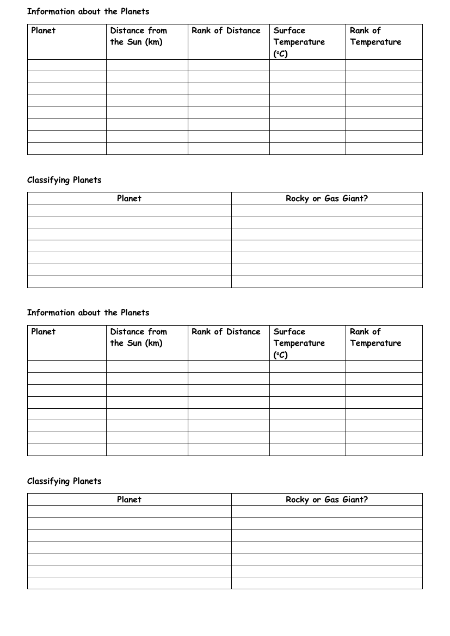
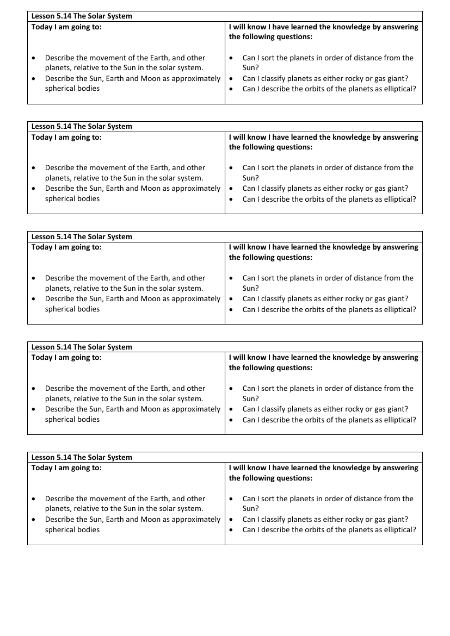

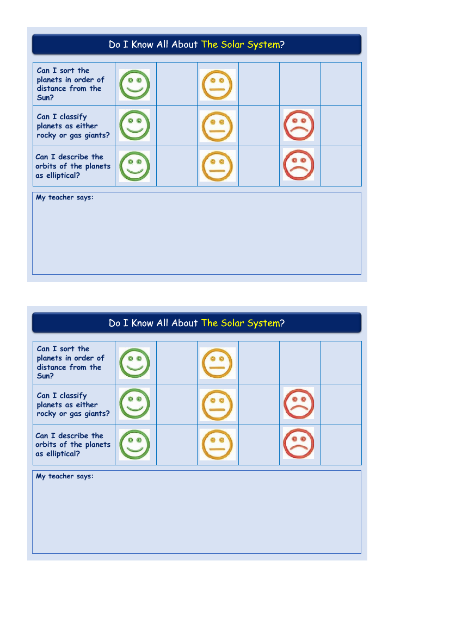

Science Lesson Description
In this lesson, pupils will learn about the movement of the Earth and other planets relative to the Sun in the solar system. The students will classify planets as either rocky or gas giants and describe the orbits of the planets as elliptical.
Previous Learning
students in Pre-K and Elementary School may not have prior knowledge of Space in the National Curriculum, but they may know the names of some of the planets and that an asteroid caused the extinction of the dinosaurs. In Yr. 3, students have learned about light and forces, and in Yr. 6, they learned about how light travels in straight lines to explain shadows.
Cross-Curricular Links
- RE: students could find out about the creation myths of different cultures
- math: students will draw a graph of distance v surface temperature of the planets
- Art: students will make a model of planets and the solar system
- English: students could come up with their own mnemonic to remember the order of the planets
Misconceptions and Corrections
- The Earth is not the center of the solar system, but the Sun is.
- The Sun does not move across the sky, it remains in the same place and it is the Earth's movement that makes the Sun appear to move.
- Planets orbit the Sun in an elliptical shape, not a circular one.
- Jupiter, Uranus, and Neptune also have ring systems, not just Saturn.
The lesson will cover influential scientists such as Galileo Galilei, Nicolas Copernicus, Johannes Kepler, and others. students will also participate in activities like the Orbits of Planets and Planet Top Trumps. They will also complete a table to find the relationship between distance from the Sun and surface temperature of the planet.














